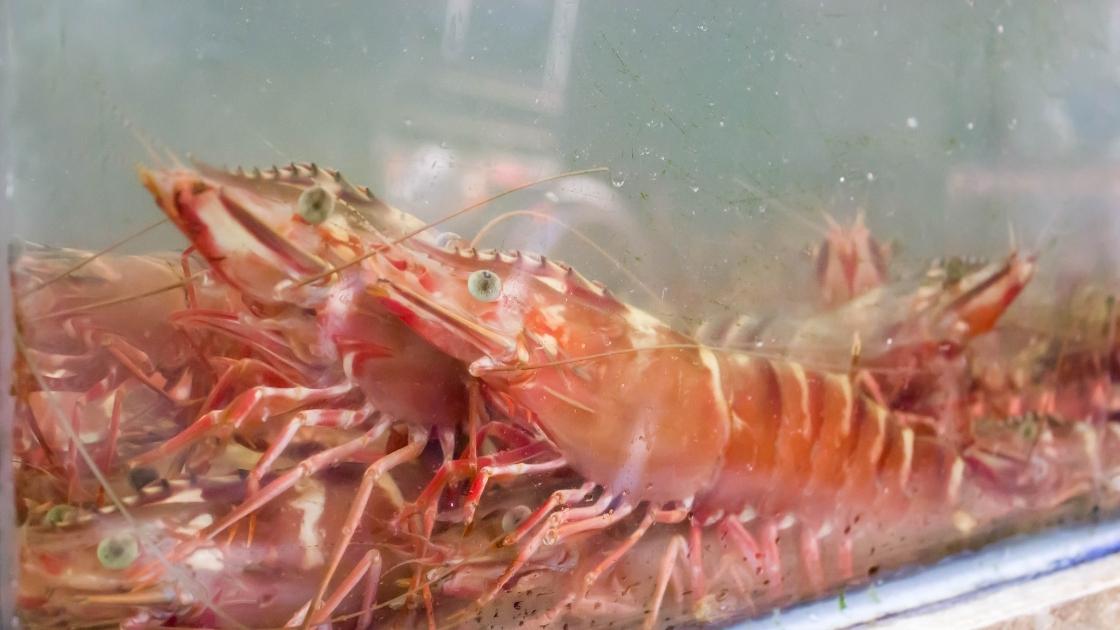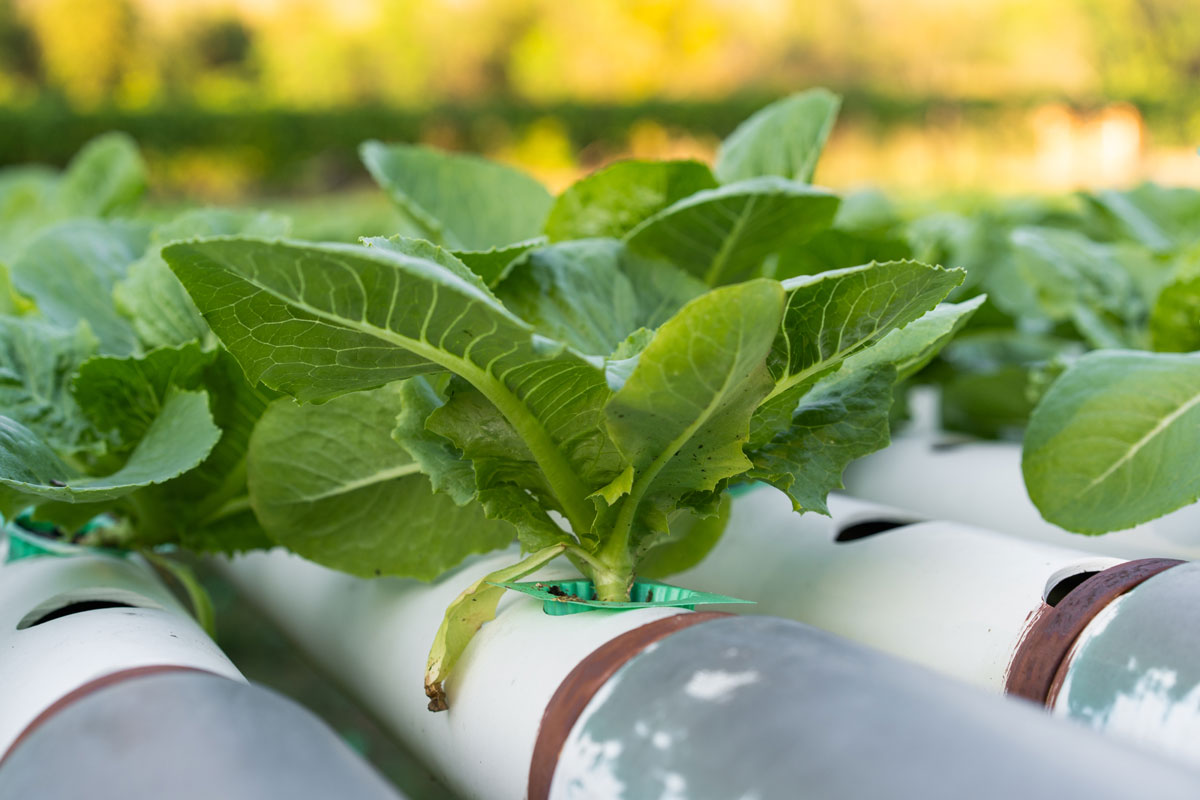Aquaponics is an innovative and sustainable agricultural system that combines aquaculture (fish farming) with hydroponics (soilless plant cultivation). This symbiotic approach creates a closed-loop ecosystem where fish waste provides nutrients for plant growth, while the plants filter and purify the water for the fish. In this detailed guide, we will explore the fundamental principles, components, benefits, and key considerations of aquaponics.
Section 1: How Aquaponics Works
- The Nitrogen Cycle: Aquaponics relies on the nitrogen cycle, a natural process in which beneficial bacteria convert toxic ammonia from fish waste into nitrites and then nitrates. Nitrates serve as the primary source of nutrients for the plants.
- Fish Production: Aquaponics typically involves raising fish species like tilapia, trout, or catfish in specially designed tanks or ponds. The fish excrete waste, which includes ammonia and solid particles, providing a nutrient-rich environment for the plants.
- Plant Cultivation: The plants in an aquaponics system grow in a soilless medium, such as clay pellets or rockwool, allowing their roots to directly access the nutrient-rich water. The plants uptake the nitrates, filtering and purifying the water for the fish.
Section 2: Components of an Aquaponics System
- Fish Tanks: The fish tank or pond is where the fish are housed. It should provide adequate space, filtration, and aeration to support the health and growth of the fish.
- Grow Beds: The grow beds hold the plants and are filled with a growing medium. The water from the fish tank is pumped into the grow beds, allowing the plants to absorb the nutrients and filter the water.
- Water Circulation: A pump circulates the water from the fish tank to the grow beds, ensuring a constant flow of nutrient-rich water for the plants.
- Biological Filtration: Beneficial bacteria colonize the grow beds and other media to convert ammonia into nitrates, providing a natural filtration system for the water.
- Solids Filtration: To prevent the accumulation of solid waste in the system, mechanical filtration methods such as settling tanks, swirl filters, or media filters can be employed.
Section 3: Benefits of Aquaponics
- Efficient Use of Resources: Aquaponics conserves water by recirculating it through the system, using only a fraction of the water required in traditional soil-based farming. It also minimizes the need for synthetic fertilizers.
- Enhanced Plant Growth: The constant availability of nutrients and the efficient delivery system in aquaponics foster rapid plant growth, resulting in higher yields and faster harvests.
- Natural Pest Control: The controlled environment of an aquaponics system helps to minimize the risk of pests and diseases, reducing the need for chemical pesticides.
- Year-Round Cultivation: Aquaponics allows for year-round cultivation, unaffected by seasonal changes, enabling continuous production of fresh, healthy crops.
- Environmental Sustainability: By integrating fish farming with plant cultivation, aquaponics promotes ecological balance, reduces nutrient runoff, and eliminates the discharge of harmful waste into the environment.
Section 4: Key Considerations for Aquaponics
- System Design and Sizing: Careful planning is essential to ensure the proper sizing and balance between fish and plant production. Factors such as water volume, stocking density, and grow bed area need to be considered.
- Fish Selection: The choice of fish species should align with the environmental conditions, water temperature, and regional regulations. Different fish have specific requirements for temperature, pH levels, and feed.
- Plant Selection: Certain plants are better suited for aquaponics due to their ability to thrive in nutrient-rich water. Leafy greens, herbs, and some fruiting plants are commonly cultivated in aquaponic systems.
Conclusion: Aquaponics represents an innovative and sustainable approach to agriculture that merges aquaculture and hydroponics. By harnessing the natural processes of nutrient cycling and symbiotic relationships between fish and plants, aquaponics offers numerous benefits, including efficient resource utilization, enhanced plant growth, year-round cultivation, and environmental sustainability. Whether you are a small-scale enthusiast or a commercial farmer, aquaponics opens up exciting possibilities for producing fresh, organic food in a controlled and eco-friendly manner.



